Leaving Pisac, we took the short 33 kilometre bus journey back to Cusco. I’d totally fallen in love with this city, and it felt good to be back even if only for a short while. We spent the afternoon wandering around the ancient labyrinthine streets of San Blas, sipping coffee, petting cats, and browsing its unique selection of boutique stores and craft shops.
Ok, so I may have left Stu tucking into a giant waffle at The Meeting Place whilst I went shopping, but hey that’s just a minor detail.
We also managed to secure a room overnight at our favourite hostel. It was so nice to be greeted by the familiar smiles of the reception staff at Mama Simona as we walked through the door.
Despite arriving into Paracas late-afternoon, it felt like a long day of travel in order to get there. We woke up at the crack of dawn in order to get to Cusco airport for our Star Peru flight to Lima. Yes, we could have taken a bus, bur the journey was a gruelling 18-22 hours, and would therefore have to be completed overnight, when we’d been advised against making the journey between these two cities (robberies are not uncommon on the night bus). For the little it would save us financially it just wasn’t worth the risk or the hassle.
From Lima to Paracas we travelled on a luxurious Cruz del Sur bus for the first time, not because we were feeling flush but because we’d left it too late to book tickets with any of the cheaper companies. 55 soles (£11.60) was an incredibly expensive three and a half hour bus journey compared to others we made in Peru.
By the time we arrived into Paracas all we wanted to do was find our hostel, grab a drink at the bar and relax, but unfortunately a couple of touts decided to latch on to us as we left the bus station, and attempted to flog various different tours to us for the entire duration of our 20-minute walk. When we finally made it through the doors of Kokopelli I was more than ready for that drink.
I should have loved Kokopelli Paracas more than the Máncora offering. It was brand new, our room had patio doors that opened out on to the inviting swimming pool, and it was literally right on the beach. However, the building works that were taking place throughout the hostel, coupled with the fact that the cafe/restaurant was closed (due to the building works) and the fact that it just didn’t have the atmosphere and vibe of Kokopelli Máncora meant that I was a little disappointed. Nonetheless it provided a lovely base for us over the next couple of days.
Tourists mainly travel to Paracas for two reasons. The first is to visit the Islas Ballestas (grandiosely nicknamed the ‘poor man’s Galapagos’) and the second is to explore the Reserva Nacional de Paracas, a vast desert reserve that occupies the majority of the Península de Paracas.
The town itself is still very much recovering from the 2007 earthquake, and away from the main boardwalk it’s a mishmash of half-repaired and half-demolished buildings.
Fortunately life in Paracas is concentrated along the town’s main boardwalk. The attractive waterfront is lined with seafood restaurants, souvenir stands selling sea-shell inspired trinkets and jewellery, and hungry pelicans being fed by local fishermen hoping for photo tips. We also noticed a few of the strange hairless dogs we’d first encountered at Chan Chan.
We couldn’t have asked for better weather during our first full day in Paracas, and assumed this was par for the course in the town. So you can imagine our dismay the next morning, on the day that we’d booked a boat tour out to the Islas Ballestas followed by a trip around the desert reserve by quad bike, when we awoke to a thick blanket of grey cloud above us.
As we boarded the boat early in the morning our guide continued to assure us that, although most days start like this, the cloud should roll through about 10am. Exactly the time we were due to be returning to Paracas.
Nonetheless I decided to try and make the most of our trip, optimistically believing that all the colourful birds and the wonderful varieties of wildlife we’d see over the next couple of hours would more than compensate for the disappointing weather conditions.
Turns out we got one thing right by taking a tip from a fellow travel blogger and securing seats at the back left of the boat, as these definitely provided the best views of the islands.
Our first stop was the famous Candelabra Geoglyth, which is a whopping 182 metres long and 77 metres wide, and can apparently be seen up to 19 kilometres out to sea. It’s been dated back to around 200BC, but how it was formed and the origin of its design remains a mystery.
Not long after this we neared the craggy rock formations of the Islas Ballestas. Now I don’t know quite what I was expecting, but for me the word ‘island’ naturally conjures up images of lush plant life – none of which was to be found here. These islands were stark, barren and devoid of vegetation.
However, what they lack in vegetation they more than make up for animal life. The islands are literally covered with pelicans, boobies, cormorants, vultures, humboldt penguins (my first time seeing them in the wild!), and sea lions – to name but a few.
Although on a relative scale the boats do bring you very close, without a pair of binoculars or a zoom lens on my camera (I carry a 18-135mm lens which is great for most photographic scenarios, but apparently not for shooting wildlife), it was difficult to distinguish one bird species from another. Or in fact to establish whether the white rock covering was in fact birds or layers of guano (bird poo, for those of you who are not up to speed with your fecal terminology).
I admit to being more than a little concerned that I was going to come home covered in guano, judging by the sheer number of birds flying around above our heads (not the place to come if you had nightmares watching that famous Alfred Hitchcock movie!), but fortunately I escaped unscathed.
My absolute favourite animals were the sea lions, many of them lazing around on the rocks as if they were recovering from a heavy night out.
Our driver also managed to get our boat close enough for us to get some semi-decent shots, before we made our way back around the peninsula and returned to Paracas.
We had just about enough time to grab a coffee before making our way over to the Paracas Explorer office to begin our ATV adventure. Having tried on about 5 helmets, all of which were stupidly too big (I always have this problem with bike helmets; I have a child-sized head), I asked our guide,
“¿tiene usted algunos para los niños?”
This prompted a puzzled look followed by a shake of the head.
So as we set off I spent half my time trying to get used to the throttle (bearing in mind that I only ever really ride push bikes at home), and half the time moving the helmet back around my head so that I could actually see again. This meant that to begin with I was lagging behind, causing Stu and our guide to become increasingly frustrated that they had to keep stopping in order to wait for me to catch up.
ATV riding is a great way to cover large areas of the reserve whilst at the same time still enjoying being at one with the great outdoors. The experience would have been a helluva lot better had the sun been shining, but mother nature was unfortunately not on our side today, and the grey cloud persisted for the entire afternoon.
We stopped at various points of interest along the way, the most famous of which was La Catedral – or what remains of it. La Catedral used to be a majestic natural arch, formed by centuries of wind and wave erosion, that jutted out into the sea, but the 2007 earthquake caused most of it to collapse into the waters below. Now all that remains is a simple sea stack.
In spite of this it does oddly continue to be a tourist attraction, and our guide delighted in showing us postcards of what it used to look like.
As we continued along the coast, driving through this harsh and barren desert, I finally began to get the hang of the throttle on my quad bike and was confident enough to speed up a little. That was when I really started to enjoy myself.
Seeing that my confidence levels and enjoyment seemed to be steadily increasing, Stu and our guide decided to spice things up a little, took a sharp turning off the track and proceeded to drive ‘off-road’ across a lumpy shingle beach littered with the carcasses of sea birds, sea lions and what looked like some kind of dolphin or porpoise.
I had no option but to follow. Or at least attempt to.
Stu has spent most of his adult life riding motorbikes and our guide rides ATVs for a living, whereas the sum of my experience of riding anything motorised was the day I hired a 50cc Honda Wave to explore the Thai island of Koh Chang around 8 years ago.
This wasn’t going to go well.
And it didn’t. Ok so I didn’t quite end up in the sea, but it was a pretty close call.
After my rather nerve-wracking experience, I pulled shakily into the car park of the waterfront restaurant where we would stop for a bite to eat, only to find Stu and our guide grinning like small children.
We may not have had the best weather for al fresco dining but at least we could watch humboldt penguins on the rocks in front of us whilst we munched our way through a plate of deliciously fresh ceviche.
I think the pelicans may have had their eyes on the ceviche.
On our way back to Paracas we had a lot of fun chasing and overtaking each other wherever and whenever it was safely possible to do so, so much so that I was actually a bit gutted when we found ourselves on paved roads once again, and our 3-hour adventure subsequently came to an end.
ATV riding, whilst being one of the most expensive ways to explore the Paracas National Reserve, is definitely the most fun 🙂
Practical Info
- Our 2-hour boat trip out to the Islas Ballestas cost us 40 soles (£8.55), including harbour fees/tax.
- Our 3-hour ATV adventure through the Paracas National Reserve cost 110 soles (£23.52) including a guide.
- We booked both through Paracas Explorer (recommended in our guidebook), although we have since found out that both of these can be booked directly through Kokopelli for a similar price.
Have you been ATV riding? If so, where?
If you like this article, please follow along on Facebook, Twitter, or Google+ or you can look me up on Instagram or Pinterest too!
This is part of the #SundayTraveler link-up, hosted by Chasing The Donkey, Pack Me To, A Southern Gypsy, The Fairytale Traveler, and Ice Cream and Permafrost.


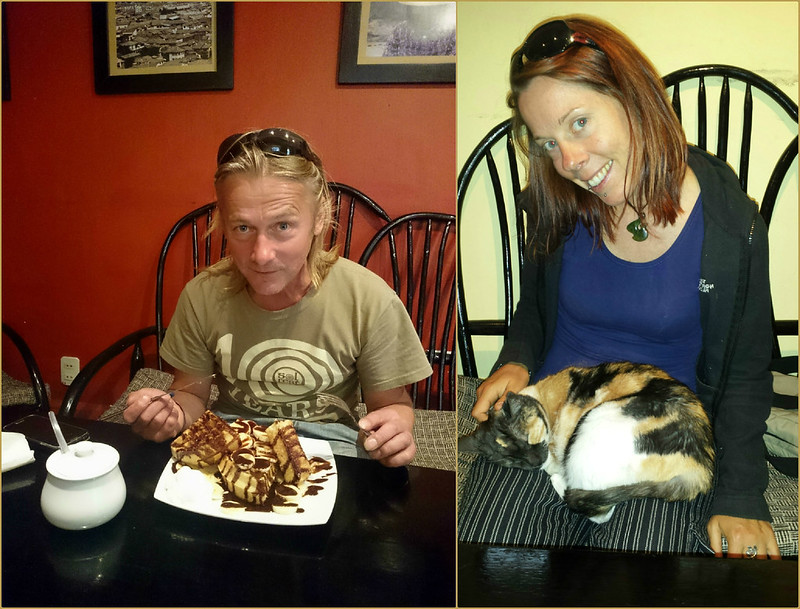
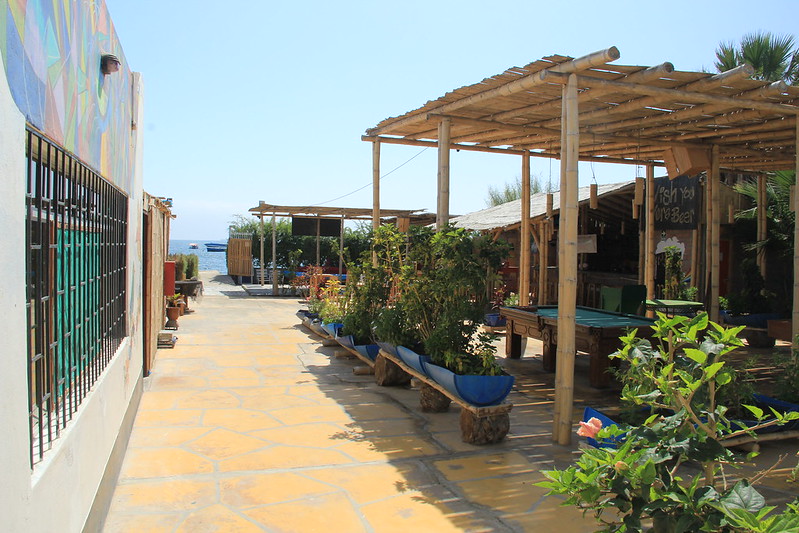
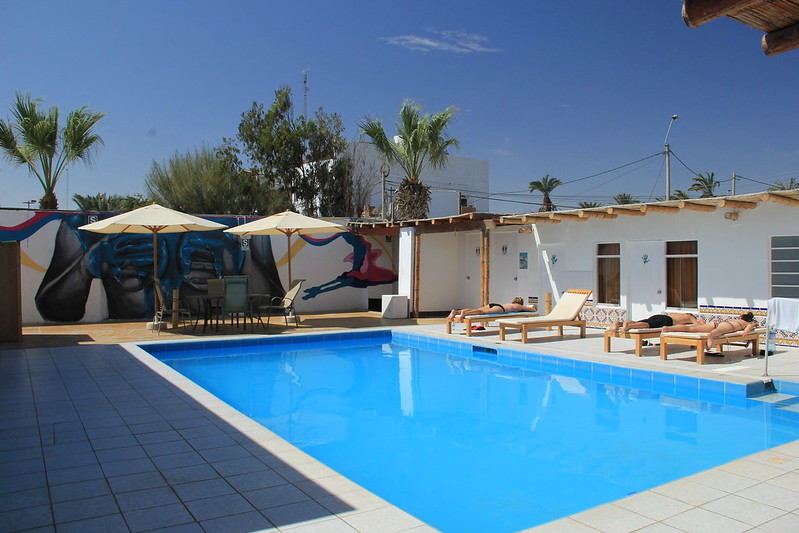
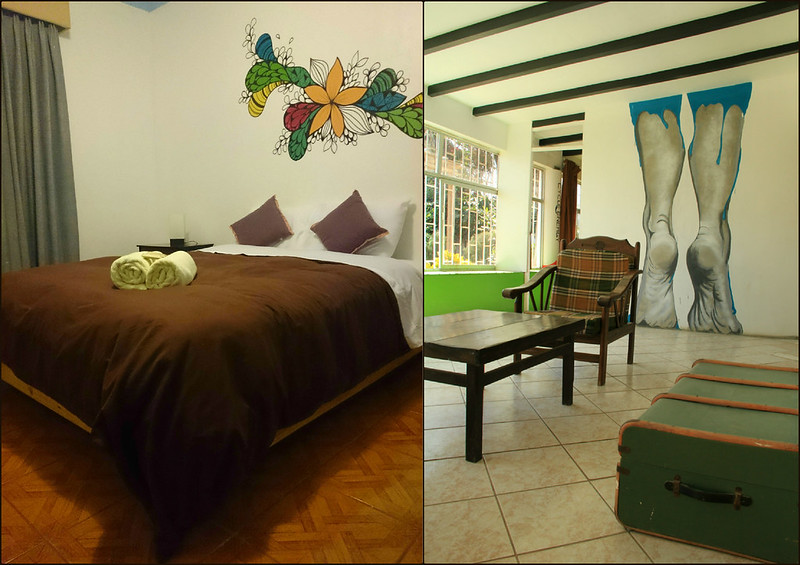
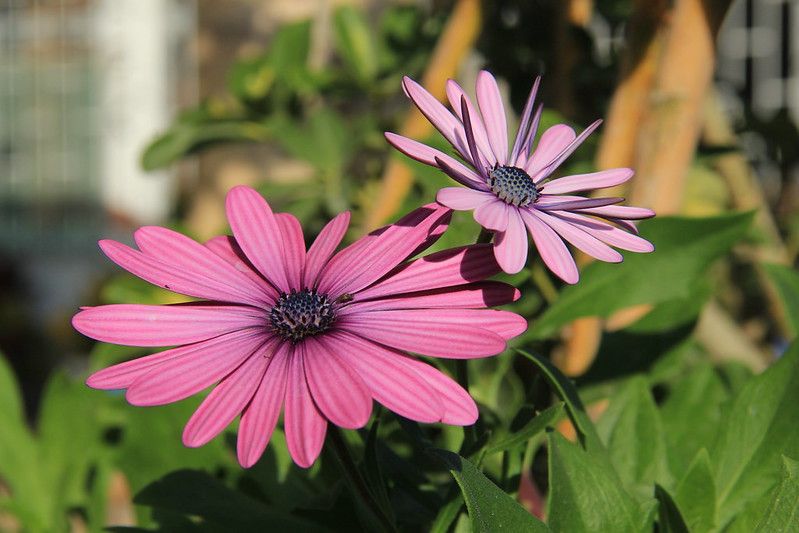

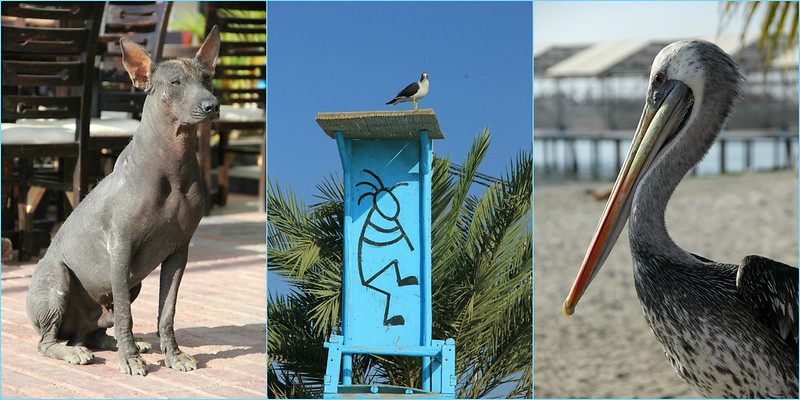
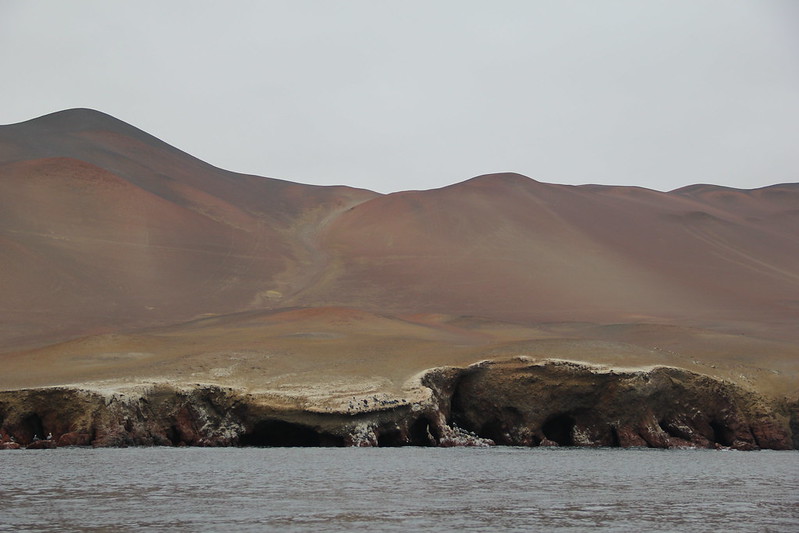


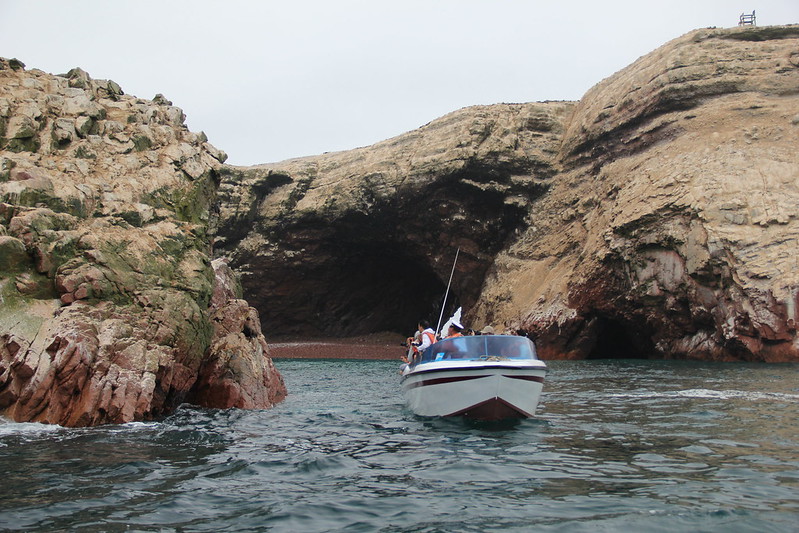

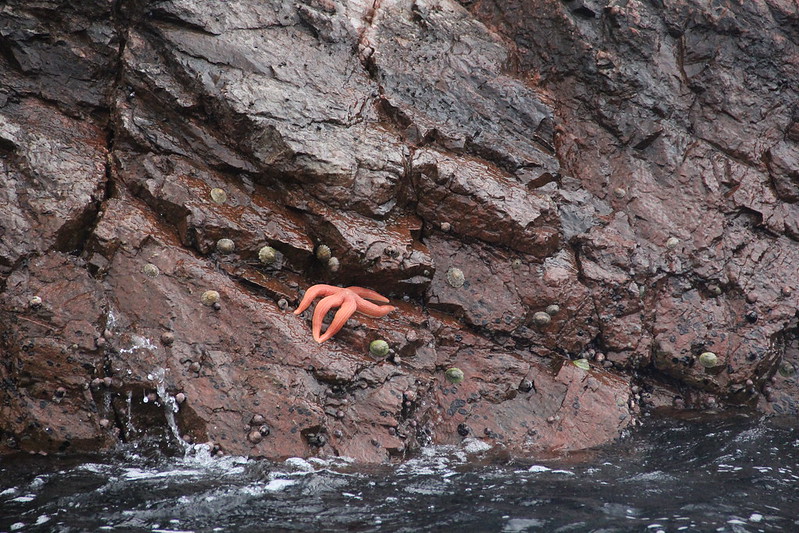

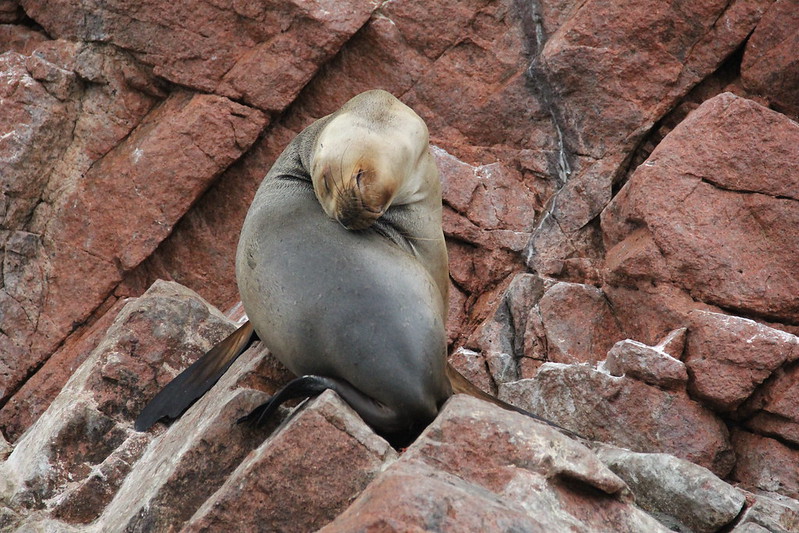

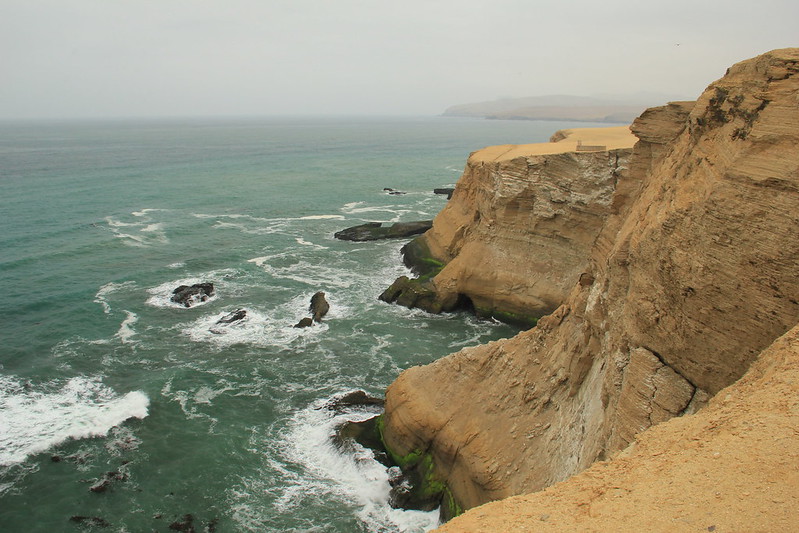
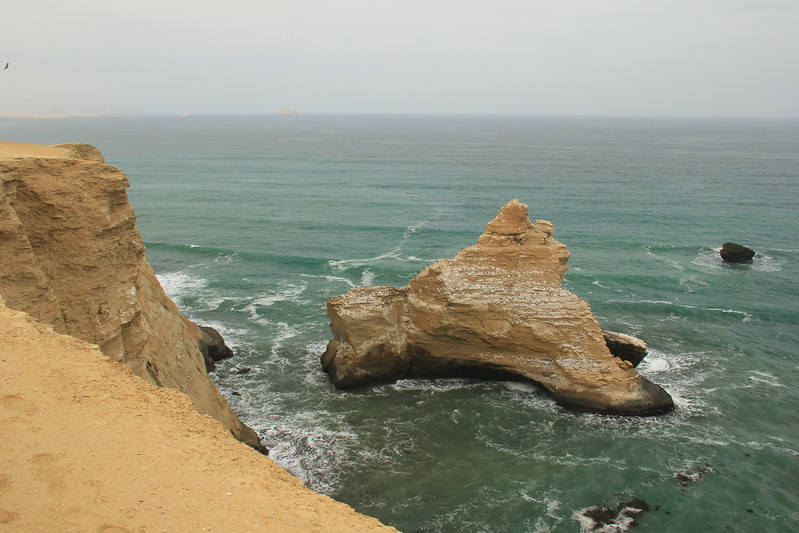

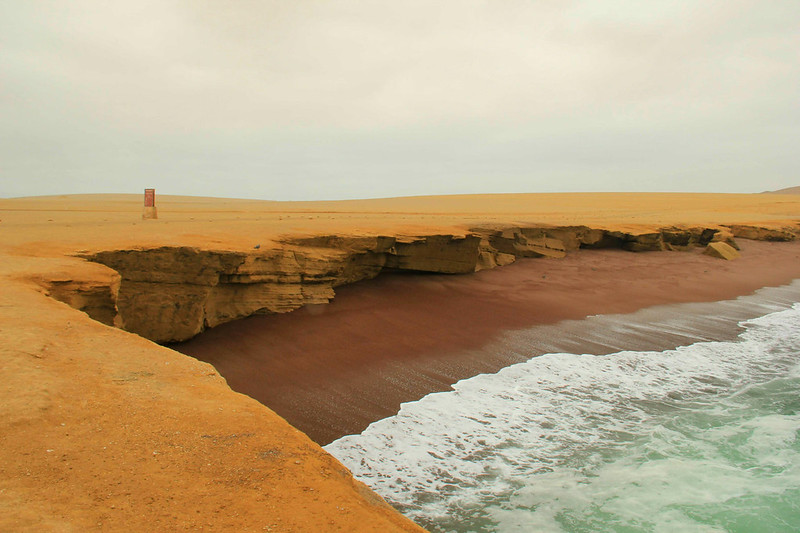
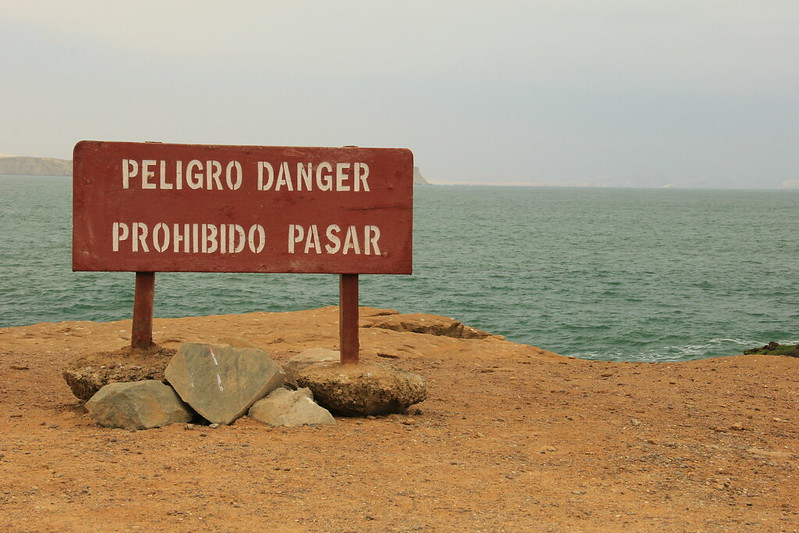
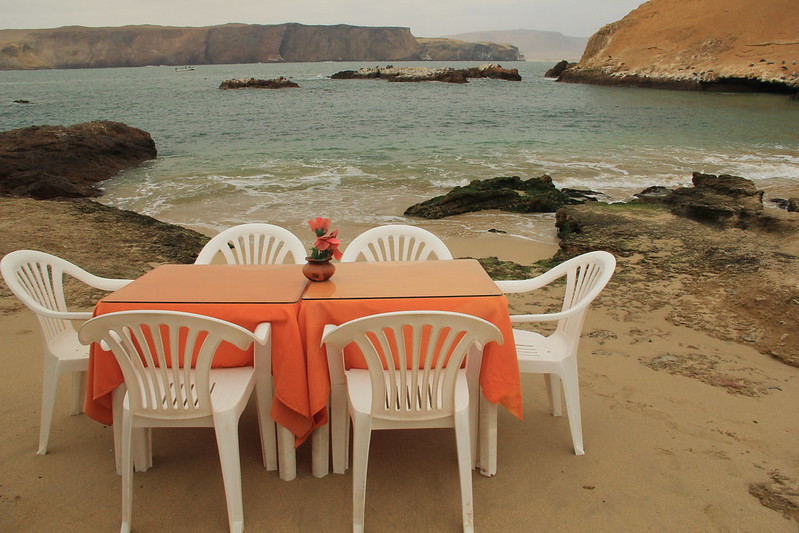
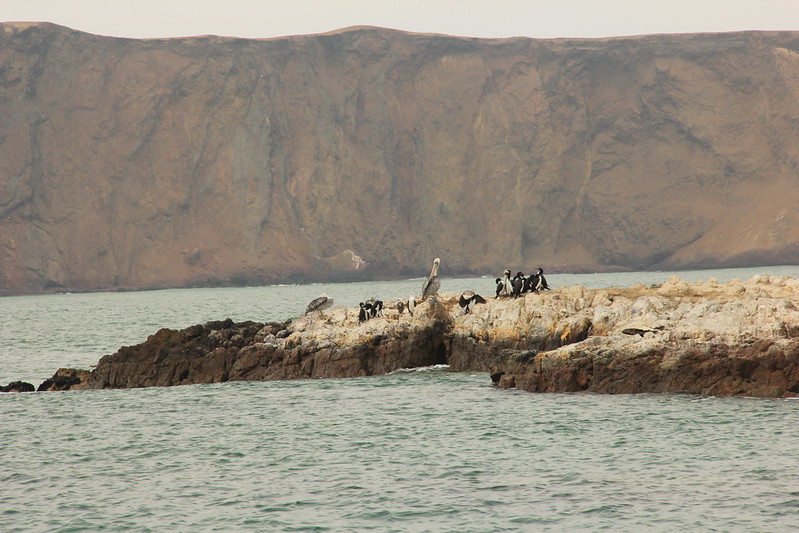






4 Comments
Wow stunning photos! I’ve never been ATV riding but you have almost convinced me this could be a lot of fun!
Once I got used to the ATV it was a lot of fun! It wasn’t something I’d planned to try but it seemed like the best way to see as much of the reserve as we could in the few hours we had available to us. If only it had been sunny too, it would have been perfect 🙂
Hi Kiara, I’m heading to Paracas in two weeks and I’m interested in booking both the Ballestas Island tour and the ATV National reserve tour. Was it cheaper to book these online or to arrange on arrival in paracas? The figures I see online are significantly higher than what you stated you’ve paid. Thank you!!
Hi Sidi,
We arranged both trips on arrival from what I remember, although this was some years ago (2014) so the prices may have risen since then unfortunately. If you do happen to find out what they are now, please drop me an email and let me know (galloparoundtheglobe@gmail.com) so that I can update my info. I’ll credit you accordingly 🙂
I do try to sporadically go through older articles to ensure the info is still correct, but it’s a long and arduous process, and unfortunately one that often ends up towards the bottom of my ever increasing ‘to-do’ list!